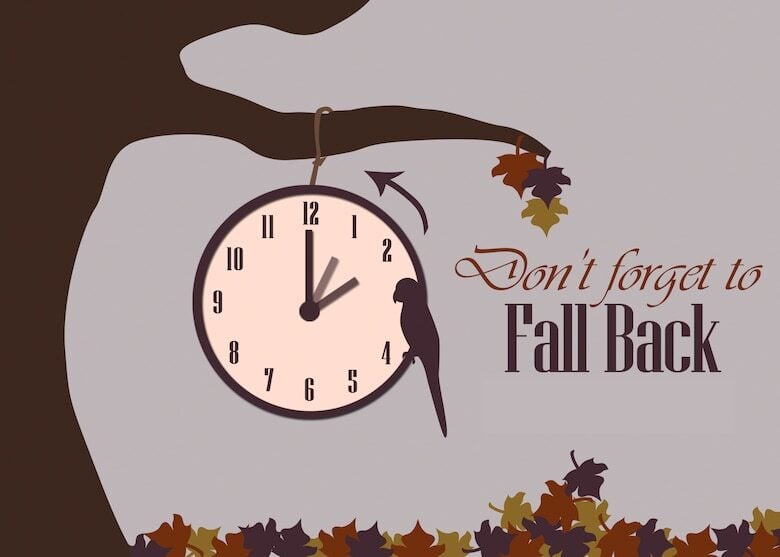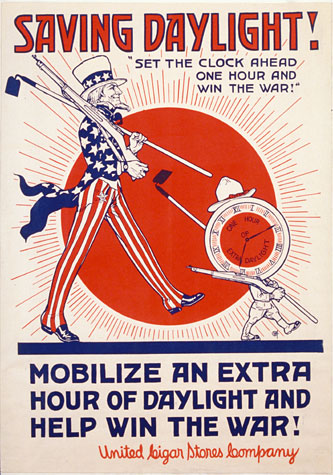
Planning to stay up late on Halloween? Then you will be thrilled to hear that Sunday, November 1, 2020, marks the end of Daylight Saving Time (DST). This means that most Americans will add an extra 60 minutes of day time, by moving their clocks back. The simple act will effectively shift daylight back into the morning hours, and make waking up for school and work a little easier during the shorter winter days.
Benjamin Franklin was the first to suggest this odd ritual as a way to save candles in 1784. However, the famous polymath, who penned his idea in a letter to the Journal of Paris was not serious about making the change. But New Zealand entomologist George Hudson's 1895 request to manipulate the clock by two hours to obtain extra daylight to study insects was extremely sincere. Unfortunately, neither he nor British resident William Willett, who suggested it in 1907 to save electricity costs, got their wish.
In 1916, the German Empire became the first to implement DST to conserve fuel needed to produce weapons and bombs for World War I. A few other countries, including the USA and Great Britain, began changing their clocks shortly after. However, they all reverted to Standard Time when the war ended, only to reinstate it during World War II. While the US government repealed DST nationally once the conflict ended in 1945, it allowed states and districts to continue the tradition with start and stop dates of their own choosing.

This caused what Time Magazine called a “chaos of clocks.” By 1965, Iowa had 23 different pairs of DST start and end dates. St. Paul, MN, began DST two weeks earlier than its twin city, Minneapolis, MN, while passengers on a 35-mile bus ride from Steubenville, Ohio, to Moundsville, West Virginia, passed through seven-time changes! The Uniform Time Act of 1966 ended the confusion by establishing a single “Spring Forward” and “Fall Back” date for the entire nation. However, since the law was not mandatory, Hawaii, most of Arizona, and the US territories — Puerto Rico, Guam, the Northern Mariana Islands, and the US Virgin Islands — opted out.
The DST dates, initially set for the last Sundays in April and October, have since been changed several times. In 1986, President Ronald Reagan shifted 'Spring Forward' to the first weekend of April to enable Americans to enjoy longer days sooner. In 2005, President George W. Bush moved the DST start date to the second Sunday of March and extended the DST end date by a week to the first weekend of November.

Though observed by many countries worldwide, DST has always been somewhat controversial. Studies conducted by Michigan and Swedish scientists found that the disruption in sleep patterns caused by the "Spring Forward" time change led to a small increase in heart attacks. Researchers have also found a direct correlation between DST and driving and workplace accidents.
Over the years, there have been several attempts to get lawmakers to abolish DST, both in the US and Europe. However, most have fallen on deaf ears. Hence, unless you live in a state that does not practice DST, you have no choice but to enjoy the bonus hour this weekend! Health experts suggest the best way to adjust is to go to bed at your regular time, even if the day is an hour longer. They also recommend exercising, so be sure to use Sunday's bonus time for a fun outdoor activity, like biking, running, or hiking.
Happy Fall Back!
Resources: Wikipeida.org, History.com
